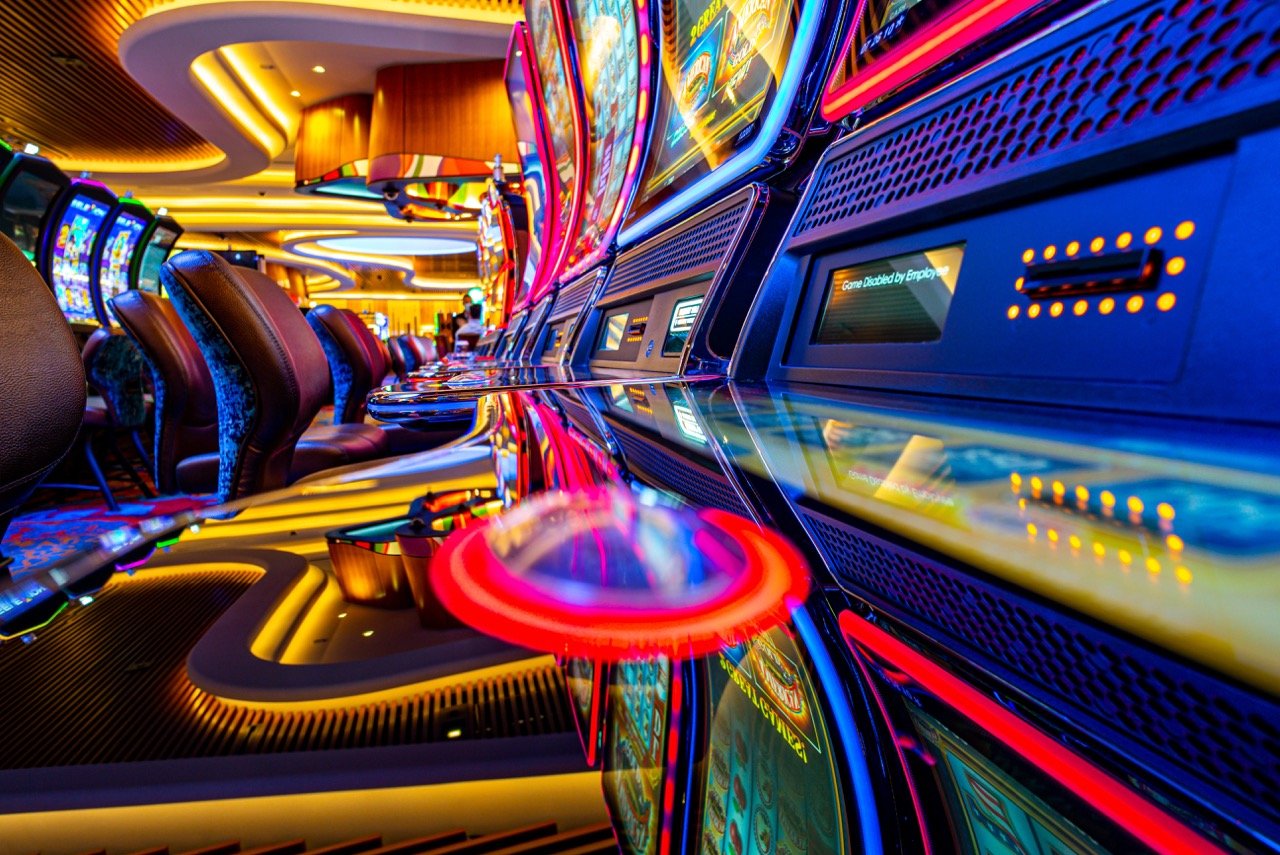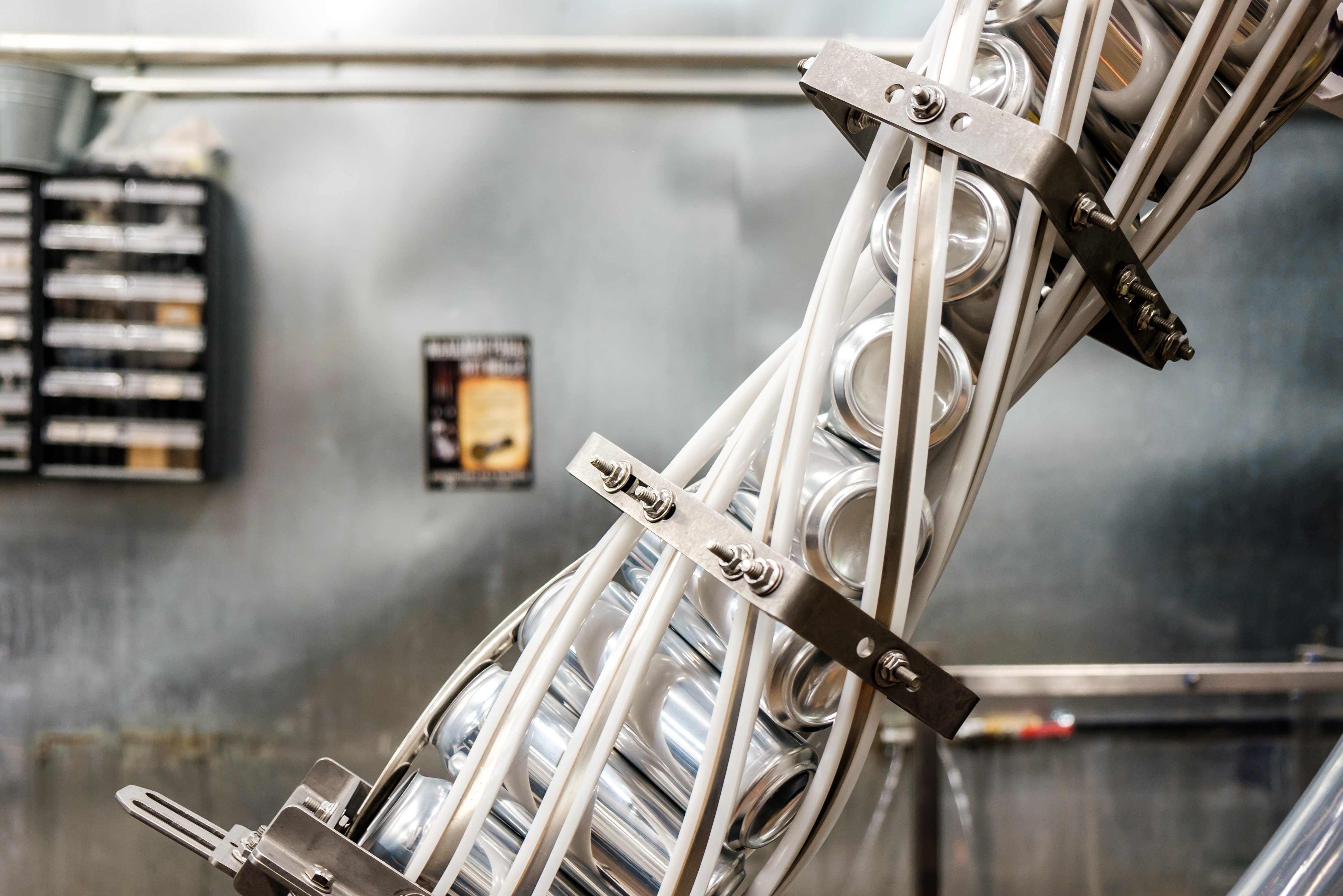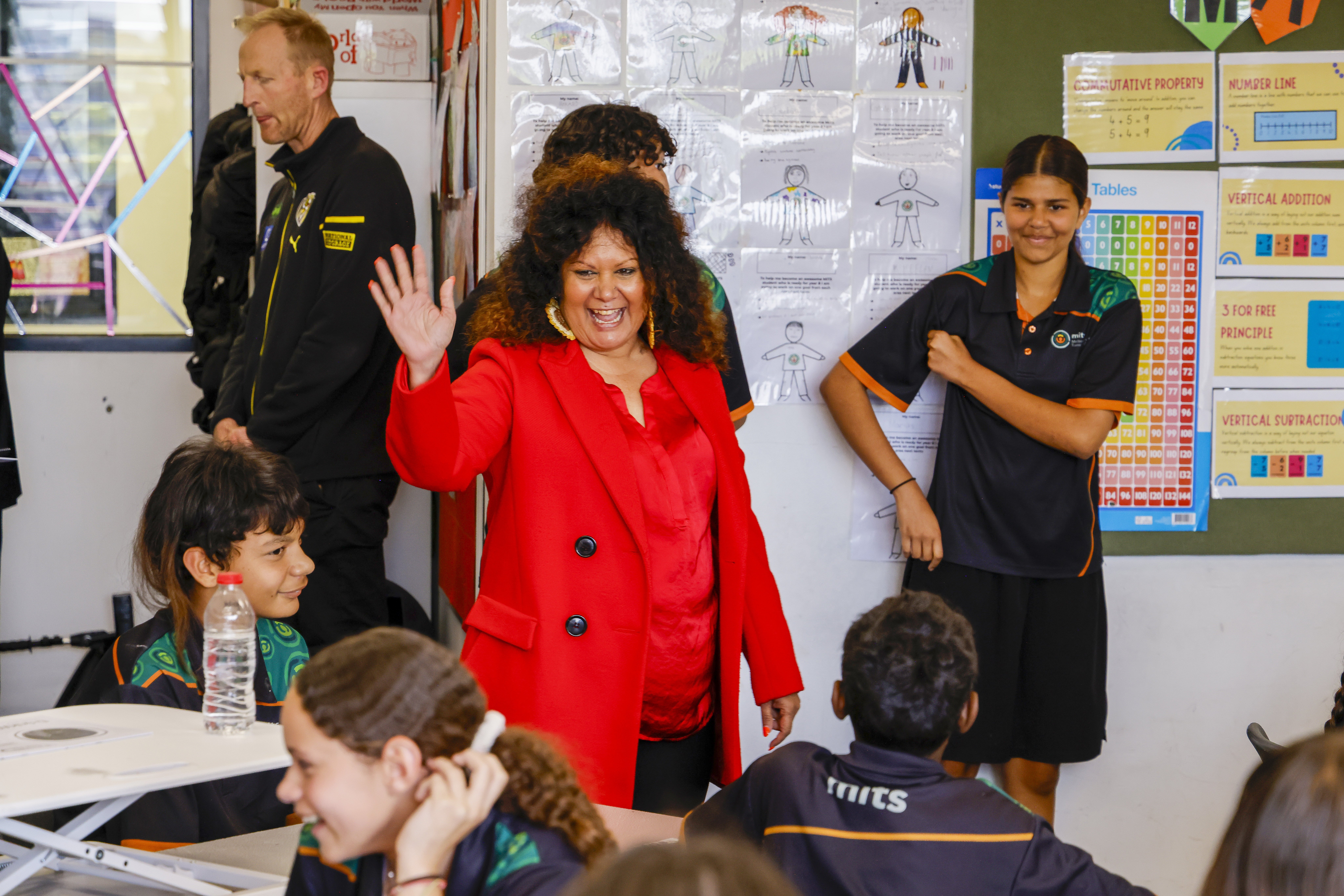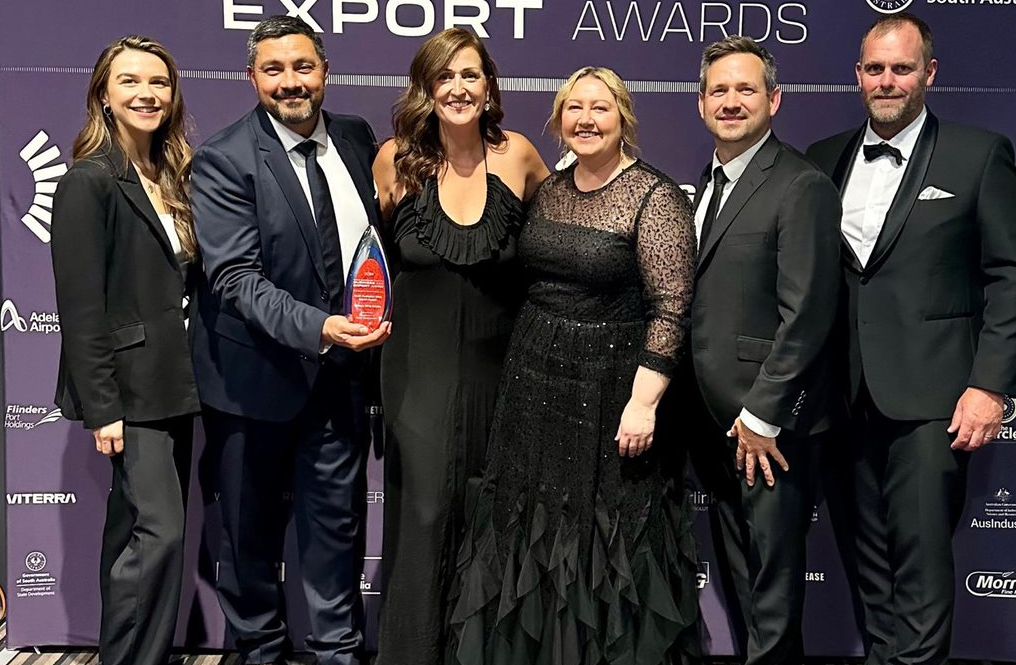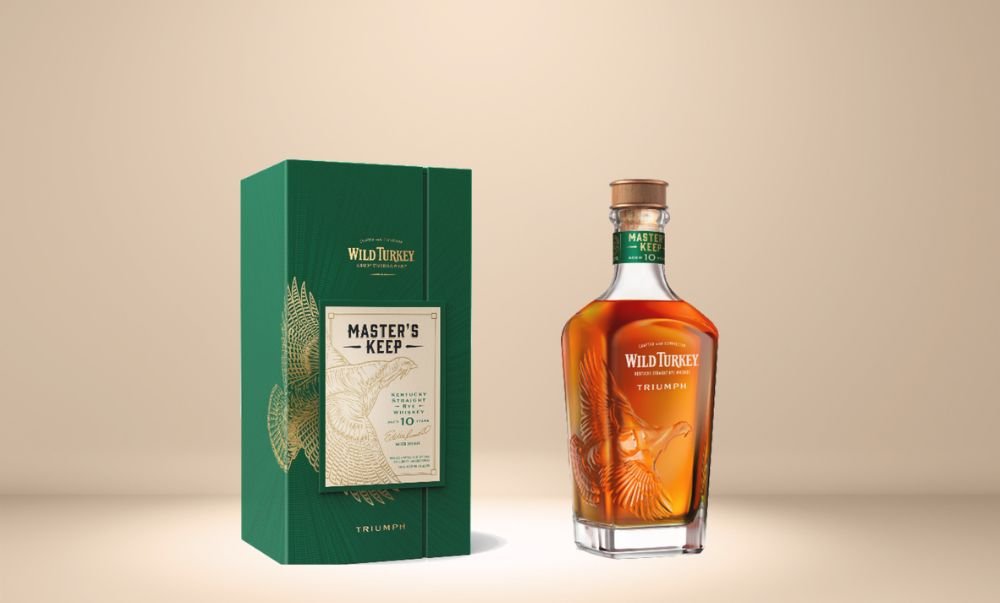As summer approaches and new alcoholic seltzer releases flood the market, the big question is: how much market share will they steal from beer sales?
Seltzer is proving to be the most resilient segment in the US, with early signs it will be a winner in Australia too.
New entrant to the market Basic Babe co-founder Mark Collins believes the potential for seltzer sales in Australia is huge.
“The Australian lifestyle is one big seltzer usage occasion,” he told Drinks Trade.
BWS Premix Category Manager Henry Gordon has more than doubled the retailer's range in anticipation of surging demand in the warmer months.
“We’ve seen close to $2 million worth of sales being generated over the last 20 weeks with our current seltzer range,” he said.
Beer giant Lion was the first entrant into the Australian seltzer market with Quincy in October last year, with the brand seeing $1.6million in MAT to 03/05/20. The brewer will also release White Claw in Australia in the coming weeks, the world's biggest selling alcoholic seltzer.
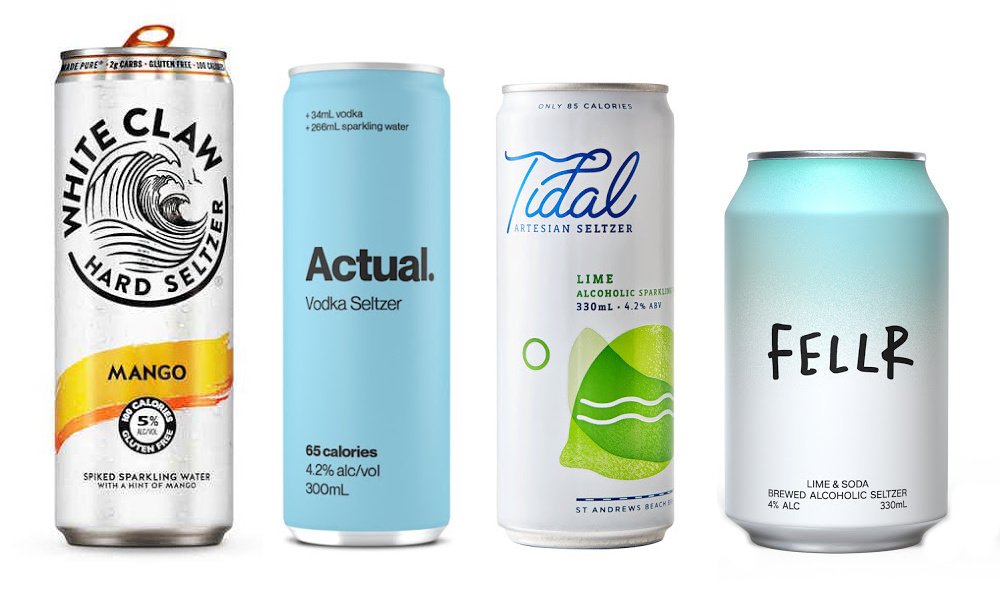
James Brindley, Managing Director of Lion Australia said: "It is a natural fit for our growing portfolio of adult beverages beyond our core beer range – and taps into a number of consumer trends around lower calorie and lower sugar products. We believe the seltzer category represents a significant growth opportunity for Lion over the coming years.”
Between 2018 and 2019 sales of White Claw in the US grew 320%, while beer sales by volume fell by 2%. And the seltzer segment continues to grow exponentially there.
"In the most recent week, hard seltzer grew 99% marking an acceleration relative to the prior week's growth of 87%," Cowen analyst Vivien Azer said this week.
"In the most recent week, hard seltzer accounted for 46% of combined beer sales growth and held a 10% share of the category. Hard seltzer accounted for three of the top five growth driver brands within combined beer, which included White Claw, Truly Lemonade and Bud Light Seltzer."
Seltzer is regarded as being part of the beer category in the US because many products in the segment are brewed using malt.
Nielsen notes that while seltzer is generally categorized within the broader beer category in the US, a majority of buyers (60%) and 70% of legal age Millennial drinkers - a core demographic for seltzer - consider it to be its own category. Fewer than 10% think of it as a ‘type’ of beer.
By successfully carving out its own identity, Nielsen says seltzer poses a threat to traditional beer options, and even the broader alcohol category, largely because "overall alcohol budgets and tolerances are finite".
"In comparing March and April 2020 with the same two months in 2019, hard seltzer buyers decreased their share of spending on beer and wine, with beer losing 5.6 share points and wine losing 4 share points among this consumer group, while spirits were relatively unaffected," Nielsen reports.
Coca-Cola enters the seltzer market
Coca-Cola CEO James Quincey has announced the company will introduce its first hard seltzer to the US market next year. The company will market it under the Topo Chico brand, a Latin American banner it purchased in 2017.

Share the content

